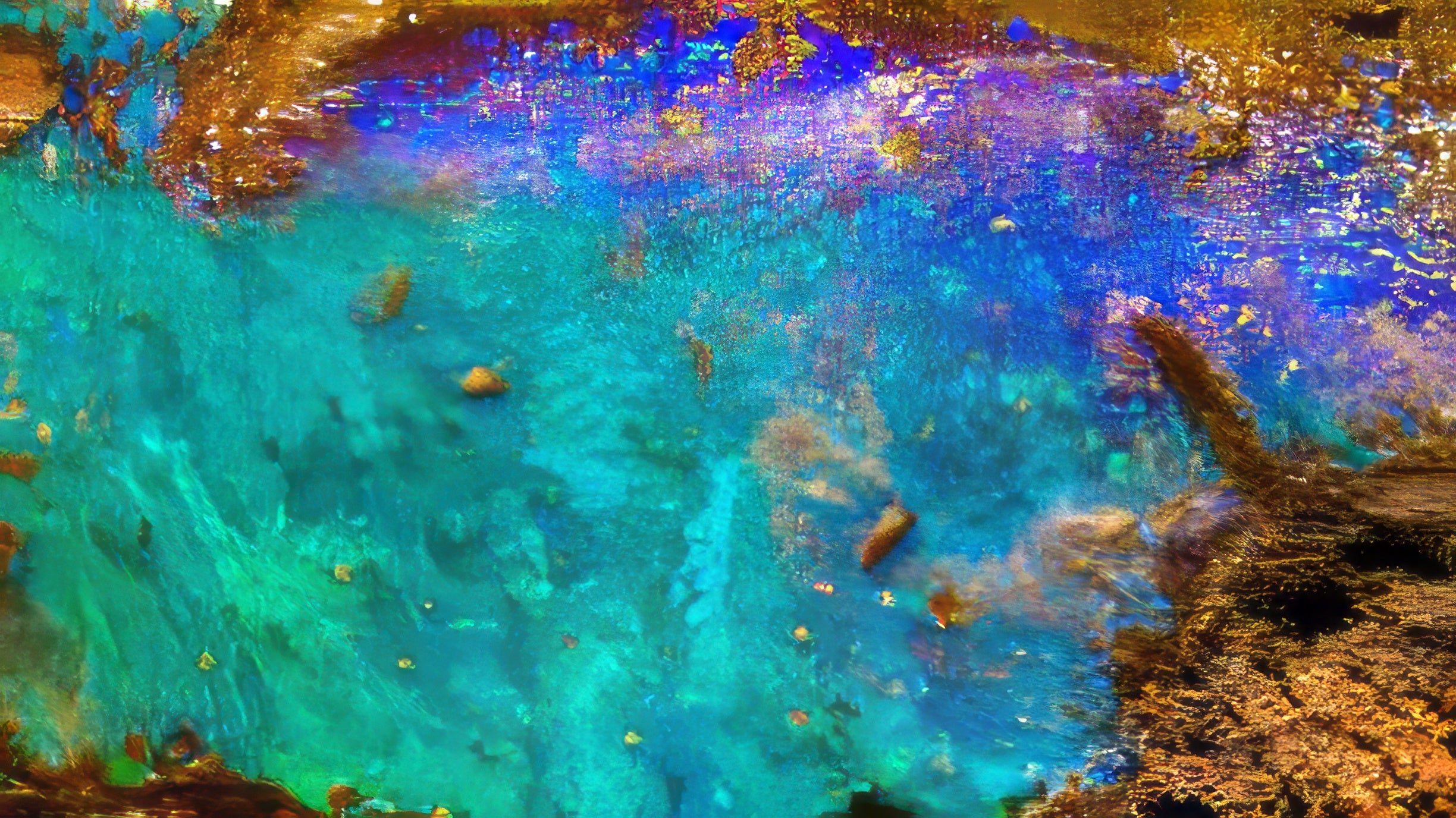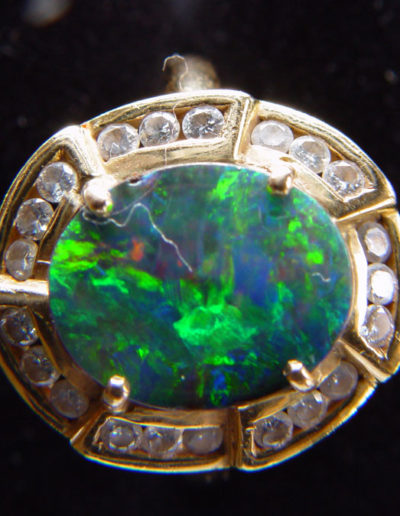
Behind the Shine
Unlocking the Mystique: Understanding the Value of Opals
Over many years, experts have developed guidelines to accurately value opals, a gemstone renowned for its vibrant play of colors and unique patterns. In this guide, we will explore the critical factors that contribute to determining an opal's final value. These factors include:
-
Colour
The colour of an opal is often the first characteristic that catches your eye. Red is the rarest and most sought-after color, followed by orange, green, blue, and purple in terms of value. However, an opal usually displays a blend of colours. It is vital to identify the dominant colour, followed by any secondary hues, as the primary colour significantly influences the price.
-
Direction of Colour
Opals undergo a dramatic change in appearance based on the angle from which they are viewed. When an opal showcases its brightest hue, this phenomenon is referred to as 'facing'.
-
Pattern
The pattern of an opal can significantly influence its value. Rare or unique patterns are more valuable, with the Harlequin pattern being the rarest and most cherished, albeit very rare. Other top patterns include Mackerel, Block, Broad Flash, Rolling Flash, Pinfire, Rainbow, and Honeycomb.
-
Body Tone Guide
Endorsed by the Opal Association of Australia, the Body Tone Guide initially served as a reference for Black Opal and Boulder Opals. It has now gained worldwide acceptance for all types of opals.
-
Brightness
The Australian Opal Association also produced a brightness guide, which complements the body tone guide, to assist in evaluating an opal's luminosity.
-
Shape
Precious opals are commonly cut into oval, pear, or round shapes. Occasionally, they are fashioned into marquis, rectangle, and heart shapes, with non-standard forms including freeform and baroque. However, shapes that pose challenges for jewelry setters can potentially decrease the stone's value.

